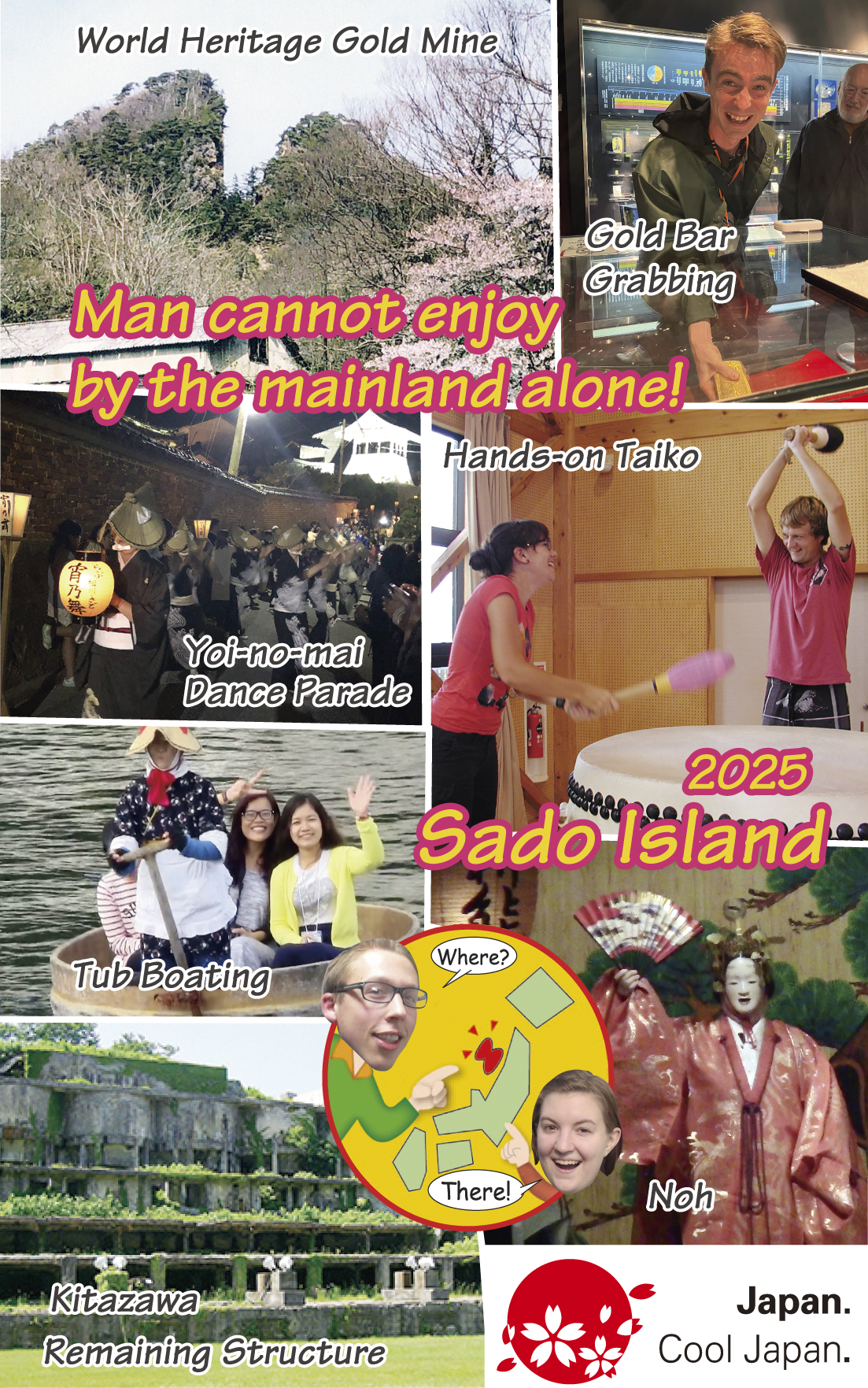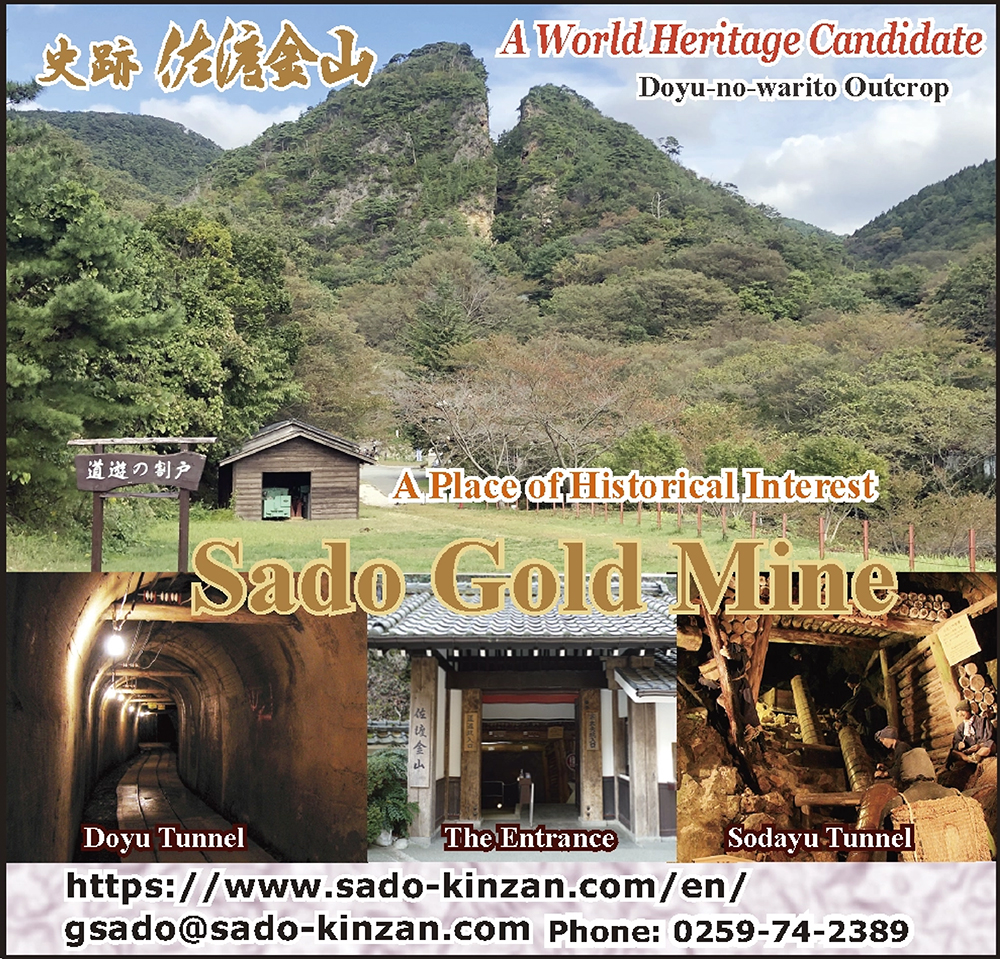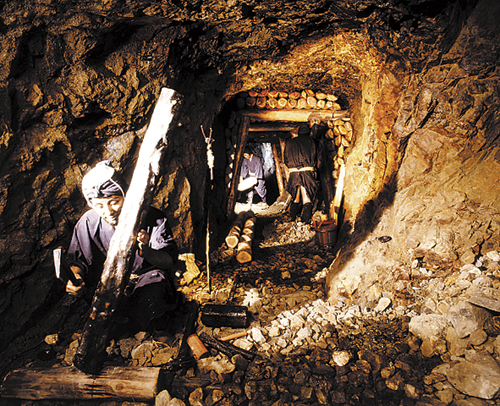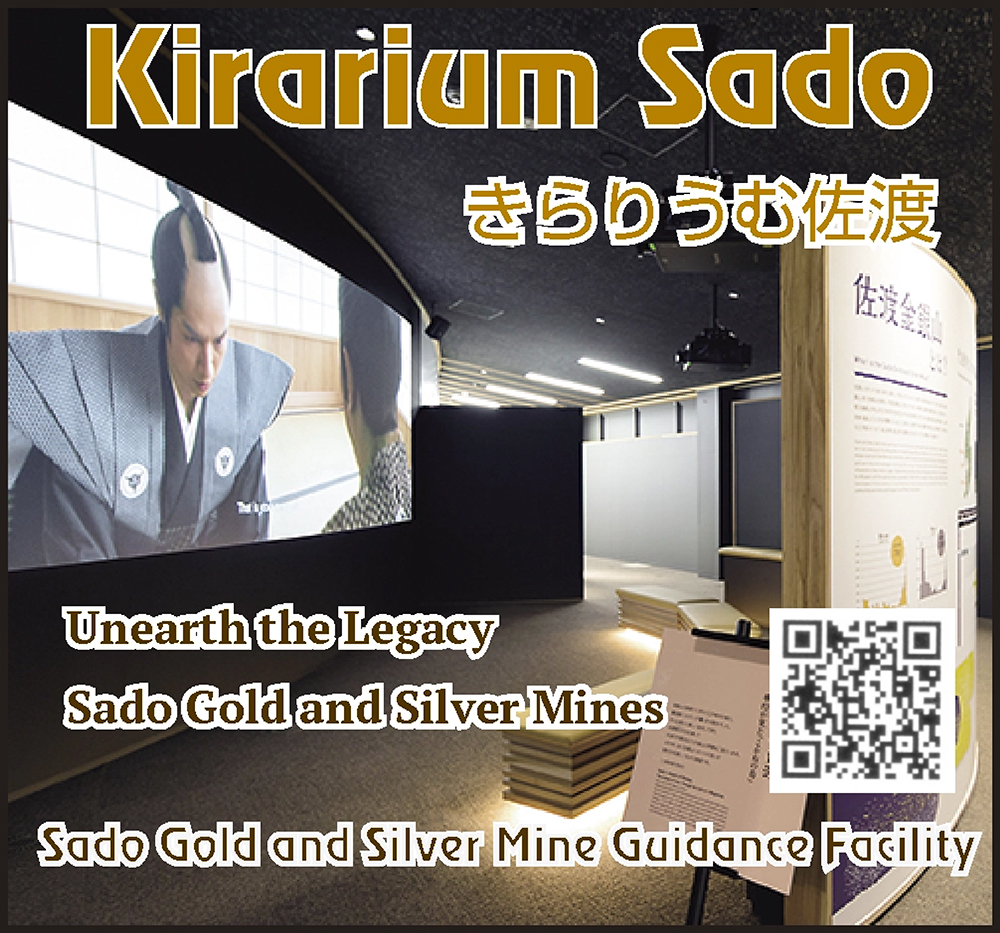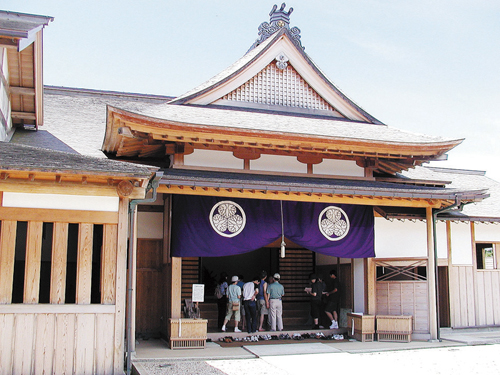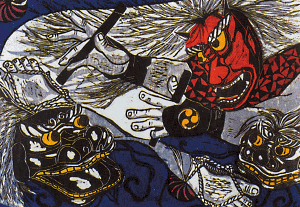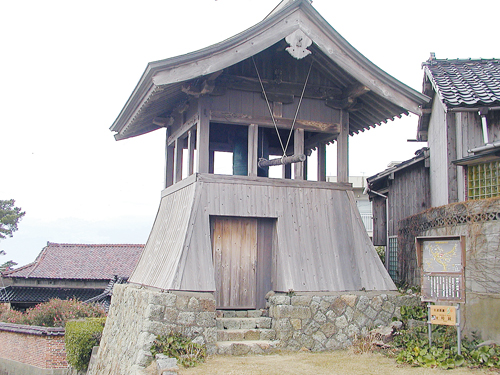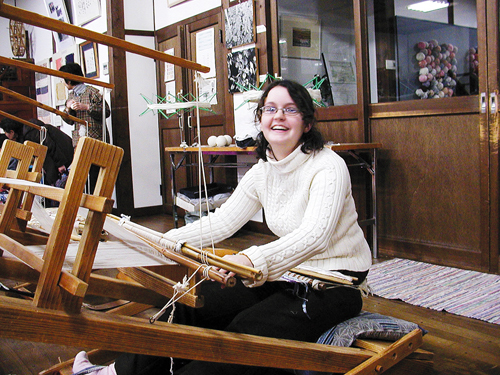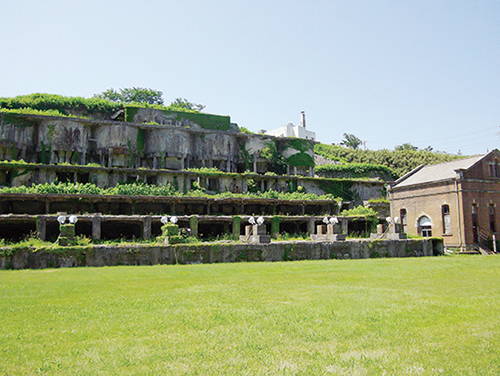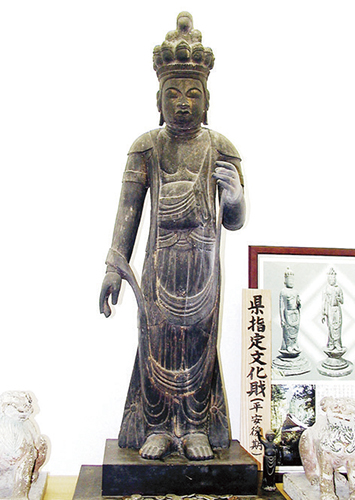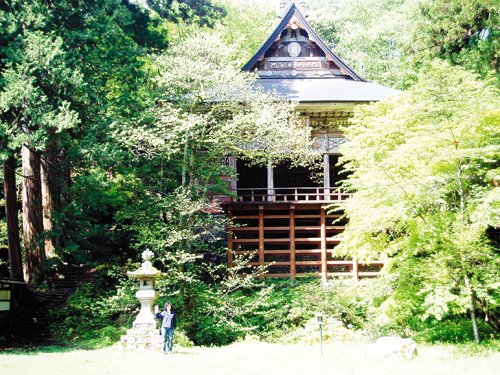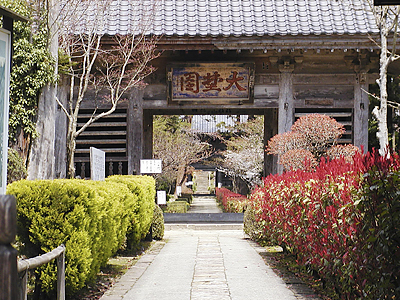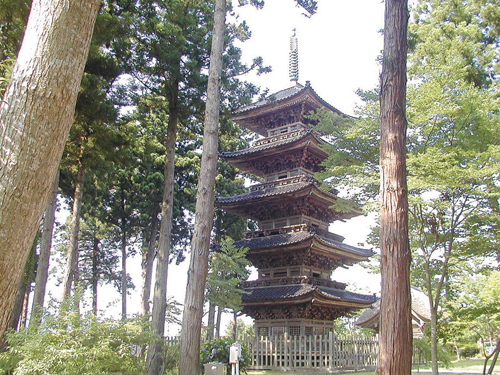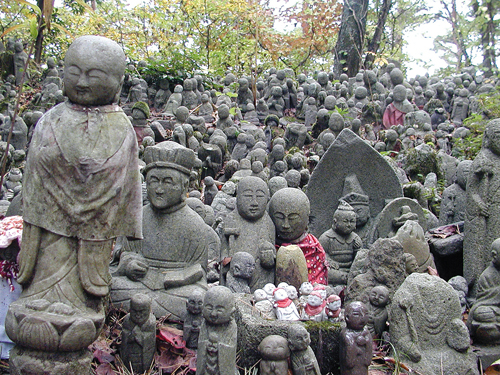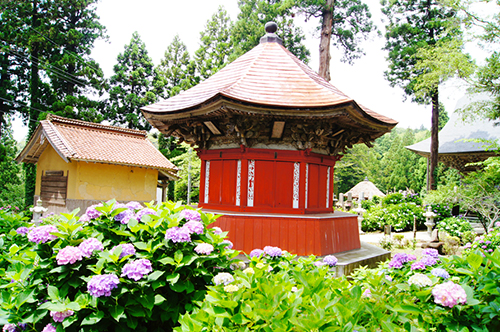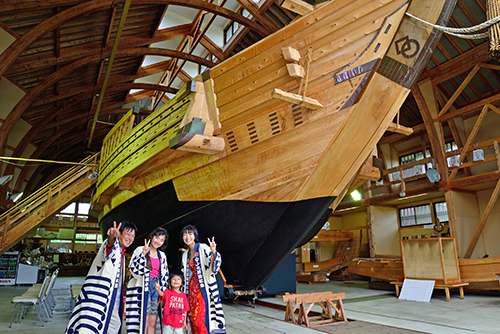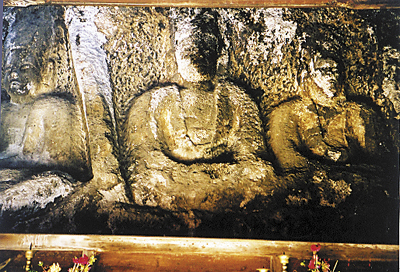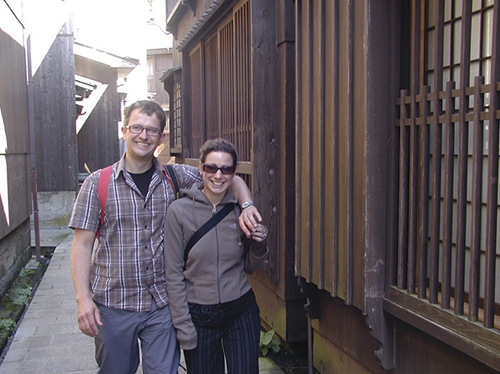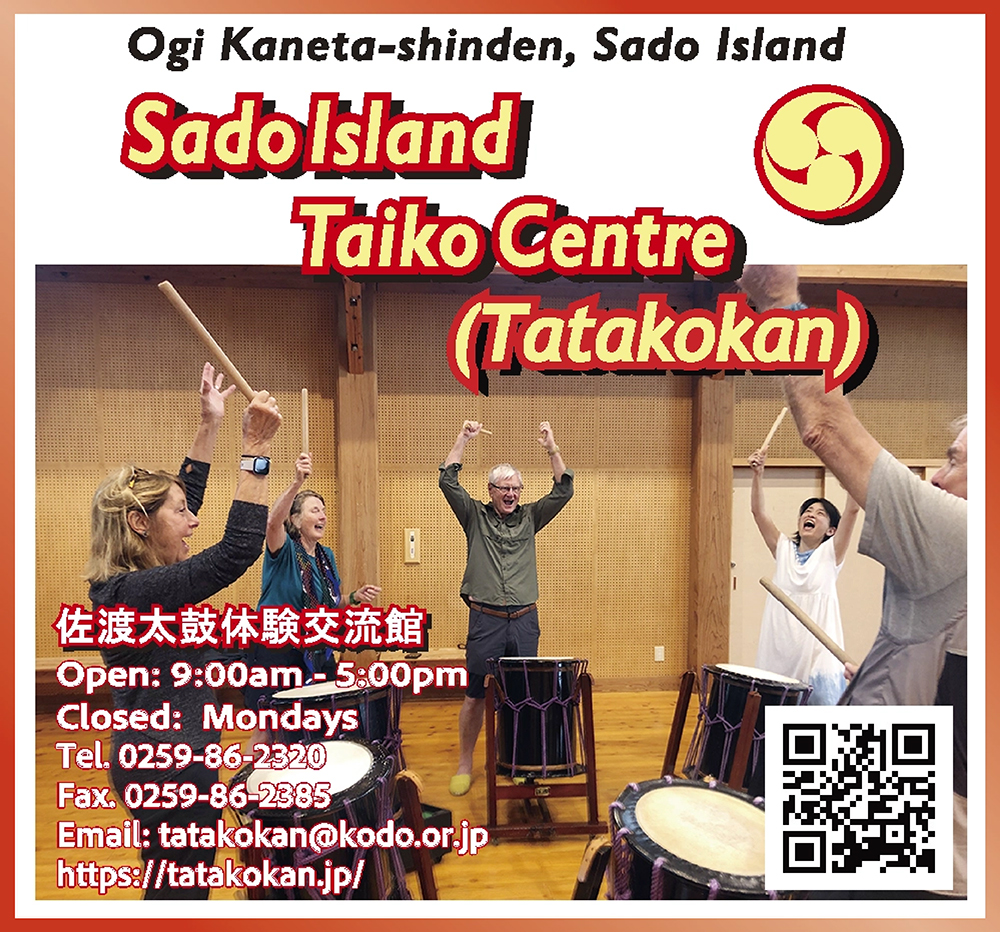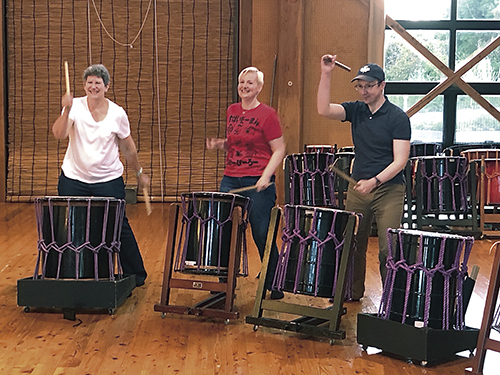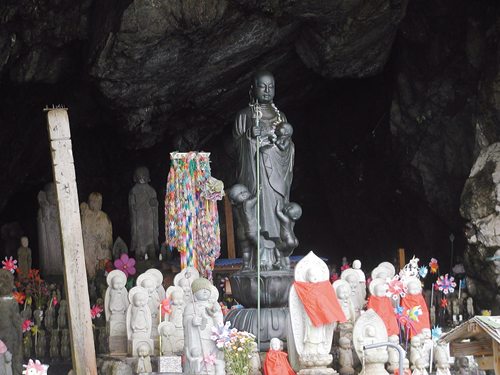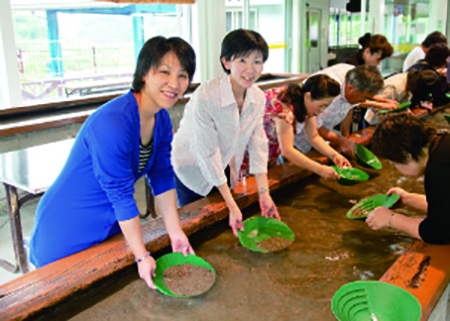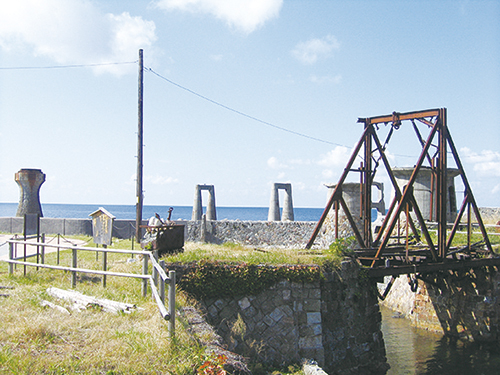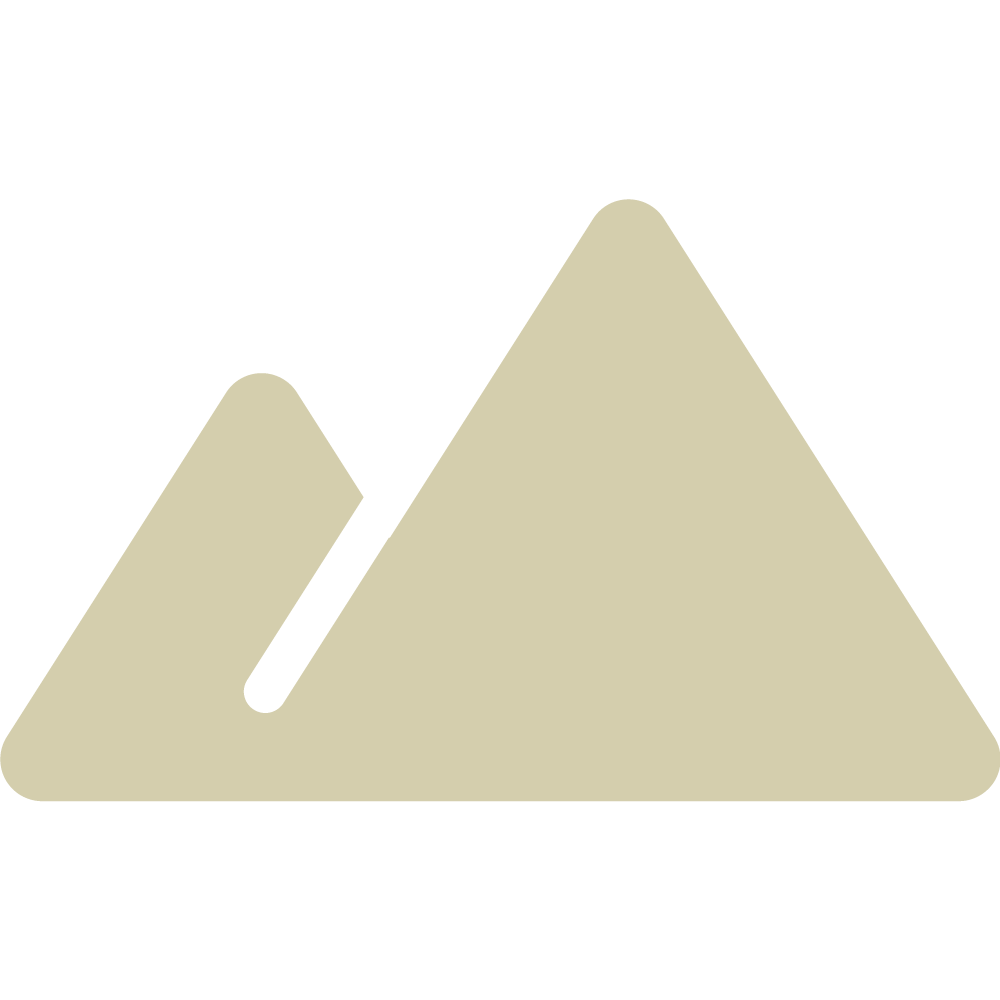Cultural & Historic Interests
1: Sado Gold Mine
2: Kirarium Sado
3: Sado Bugyosho
4: The Sado Hanga-mura (Wood-block Printmaking ) Museum
5: Jishoro
6: The Aikawa Folk Museum
7: Remaining structure of Kitazawa Floatation Processing Plant and Power Plant
8: Chokoku-ji Temple
9: Seisui-ji Temple
10: Kompon-ji Temple
11: Myosen-ji Temple
12: Nashinoki Jizo Shrine
13: Rengebu-ji Temple
14: The Sado-koku Ogi Folklore Museum
15: Iwayasan Cave
16: Shukunegi
17: Sado Island Taiko Centre
18: Sai-no-kawara
19: The Monument for the Dakota Incident
20: Nishimikawa Gold Park
21: The Remaining Structure of Oma Port
Sado Gold Mine
Phone: 0259-74-2389 Fax: 0259-74-3235
Open daily 8:00am – 5:00pm Apr to Oct (8:30am – 4:30pm during Nov to Mar)
Email: gsado@sado-kinzan.com
URL: https://www.sado-kinzan.com/en/
A must-see attraction on Sado. Sado gold and silver mining started dated back in 1601 and underwent multiple stages of engineering using emerging technologies over its nearly four-century operation, which concluded in 1989. The total output of gold and silver reached 78 tons and 2,330 tons, respectively, making it the largest production in the country (excluding the newly-discovered and active Hishikari Gold Mine in Kyushu). Sado Gold Mine is listed on the nation’s tentative list of World Heritage sites for nomination to UNESCO. Sodayu Tunnel, chiseled by hand in the early 17th century, and Doyu Tunnel, opened up by machinery in the late 19th century, are open to the public. Admission is 1,000 yen for each course or 1,500 yen for a combined ticket for both tunnels.
Kirarium Sado
Phone: 0259-74-2215
Open 8:30 am – 5:00 pm
Closed 12/29 – 1/3
Admission: 300 yen
A Short promotion video
Kirarium Sado is a facility dedicated to guiding visitors through the history of the Sado Gold and Silver Mine. It houses an exhibition room and a Tourist Information Desk (Rental bikes are available here.) The exhibition room features four projection theaters showcasing informative videos (with English subtitles), along with panels detailing the almost 400-year long history and development of the mining activities. Allow 30 to 40 minutes for your visit. It is strongly recommended to stop by here before visiting the actual mine tunnels.
Sado Bugyosho, a rebuilt Sado's Magistate office
Phone: 0259-74-2201
Admission: 500 yen
Hours: 8:45am – 5:00pm
Closed from Dec 29 to Jan 3
See where the gold mining operation was governed from at this restored branch office building dating back to the era of the Tokugawa Shogunate (from 17th cientury to late 19 century). Skillful carpenters successfully restored the original construction.
The Sado Hanga-mura (Wood-block Printmaking ) Museum
Phone: 0259-74-3931
Admission: 400 yen
Hours: 9:00am to 5:00pm
Closed Mon (or the following Tuesday if a holiday falls on Mon.)
Seasonal: Mar – Nov
Japan’s wood-cut block printing technics rapidly advanced in the late 17th century, when ukiyo-e images gained popularity throughout the country. In contemporary ages, various hand-made prints depicting people’s daily life on Sado are in display in the museum. These artwork activities were facilitated by a late local high school teacher. The building, formerly an old courthouse, serves as a quiet reminder of olden days.
Jishoro Bell House
In Japan, bells are struck from the outside using a hanging wooden striker. On the other hand, Western church bells have an internal clapper; the bell itself swings to create the sound. Both designs serve a similar purpose but offer unique sounds and visuals reflecting cultural and historical differences. Jishoro belfry is found at the end of Kyomachi-dori Street, which was the main street leading up to the Gold Mine with a series of active commercial blocks when the mining industry flourished in the early 17th century. Its bronze bell was cast in 1917 with Sado’s copper.
The Aikawa Folk Museum (Folk Museum & the Aikawa Exhibit House of Folk Crafts)
Phone: 0259-74-4313
Admission: 500 yen
Hours: 8:30am – 5:00pm
Closed Sat, Sun, and holidays from Nov to Feb, and from Dec 28 to Jan 3
The museum exhibits historic materials from the Sado gold mine and its related artifacts. The Exhibit House offers hands-on experiences of artwork: try your own pottery work for 1600 yen, or traditional Sakiori weaving for 2400 yen.
Remaining structures of Kitazawa Flotation Processing Plant and Power Plant
Once East Asia's largest facility of its kind, this enduring concrete structure, constructed in 1938, was designed to enhance mining operations. However, excessive mining during the war period forced significant downsizing, resulting in its closure in 1952. Today, it stands as a symbol of the island's industrial history. Behind it, the brick structure of Sado's first coal-fired power generation plant (1908) further enriches the narrative of a bygone era.
Chokoku-ji Temple
According to multiple legends, the temple was built in 807 by the founder of Shingon Buddhism, Kukai or Kobo-daishi (774-835). Records indicate that, due to geographic similarities, Retired Emperor Juntoku (1197-1242) named Chokoku-ji after Nara's Hasedera Temple when he came to Sado in 1221. Various flowers are in bloom year round, and the temple is home to a variety of local treasures, including a wooden statue of an 11-faced Kannon. Descriptive handouts in English, Korean, Chinese, Taiwanese, and Russian are available, and a free tour is available in Japanese (please call in advance). Phone: 0259-66-2052 Open daily
Seisui-ji Temple
Seisui-ji Temple was built in 808 by Buddhist monk Ken'no, According to a local ledged, a child deity appeared and suggested to construct a temple when the monk stayed overnight here in 805. Meanwhile, Emperor Kammu (781-806) in Kyoto pitied many of the people for not being able to visit Kyoto's Kiyomizu-dera Temple. When the emperor heard this omen, he ordered to the monk to build Seisuiji Temple on Sado. The temple features a stage similar to the platform of Kiyomizu-dera Temple. While Kiyomizu is affliated with the hustle and bustle of Kyoto tourism, Seisui-ji's perpetual quietness makes for a peaceful visit. A lofty, tree-lined set of steps awaits your entry. Admission free.
Kompon-ji Temple
Konpon-ji is one of the sacred sites honoring the Buddhist priest Nichiren, the founder of Nichiren Buddhism, another major Japanese Buddhist stream. He was banished to Sado in 1271 for his criticism of the Kamakura shogunate government. During his stay on Sado, he wrote the Kaimokusho (The Opening of Eyes), one of his most important scriptures. Konpon-ji, meaning "fundamental". The temple was built in 1607 to commemorate his honor and history. Admission is 300 yen.
Myosen-ji Temple
Myosen-ji Temple is said to have been built in 1278 by Endo Tamemori, a devout believer of Nichiren's philosophies. The temple was originally built at a different site but was moved to its present location in 1589. Its five-story pagoda tower was built in 1825 by two generations of carpenters and took 30 years to complete. Admission free.
Nashinoki Jizo
A jizo is a stone image of a guardian deity for children. The principal image kept here is said to protect children from illness and to help recovery. Many parents bring and leave jizo statues as these jizo undertake sufferings on these children's behalf. The number of jizo statues continues to rise.
Rengebu-ji Temple
Rengebuji Temple is considered one of the three sacred temples (the other two are Kongobu-ji Temple in Wakayama and Murou-ji Temple in Nara) in esoteric Shingon Buddhism, one of major streams of Japanese Buddhism. Legend holds that the temple was built by Kukai, the founder of Shingon. However, there is no record of him ever having visited Sado. It is also said the 9th century Emperor Saga ordered Rengebu-ji's establishment on Sado for praying for the nation's peace as it is located in an unlucky direction from Kyoto's Imperial Palace. This temple maintains historically important architecture in each era, dating from the 14th. Free admission.
The Sado-koku Ogi Folklore Museum
Phone: 0259-86-2604
Admission: 500 yen
Hours: 8:30am – 5:00pm
Closed Sat, Sun, and holidays from Dec to Feb, and from Dec 28 to Jan 3
This museum exhibits a wealth of Sado's historic relics as well as a re-created sailing ship originally built in 1858. Many century-old household goods and tools are also on display in this old school building.
Iwayasan Cave
In cave in a hidden hilltop, multiple deity images were carved on the wall inside the cave. Local people consider it a holy site. A legend says this narrow cave is said to go through to Iwaya-guchi, a northern part f the island.
Shukunegi
Shukunegi, designated a national historic site, was a vital village for skilled shipbuilders and marine entrepreneurs between the 17th and mid-19th centuries, particularly during the heyday of Ogi Port as a designated port of call for maritime transport. The village was a hub of shipbuilding expertise, as visitors can witness preserved historic houses, accessible with a fee, vividly illustrating the era's techniques. Behind the village, Shokoji Temple stands, where locals worship a guardian deity for safe navigation. Residents, following tradition, regularly refresh temple flowers. A 100 yen contribution by each visitors is highly appreciated for area preservation.
Sado Island Taiko Centre
Phone: 0259-86-2320 Fax: 0259-86-2385
Hours: 9:00am – 5:00pm
Closed Monday (If a national holiday falls on Monday, it is open and closed the following Tuesday.)
URL: https://tatakokan.jp/
E-mail: tatakokan@kodo.or.jp
Sado Island Taiko Centre offers a hands-on learning experience in Japanese taiko for groups and individual visitors (from a 60min course ¥2,500, an advance reservation is needed). Please feel free to contact us for availability and detailed information. We are located close to Kodo Village, where the internationally renowned Japanese drum performing group Kodo is based. Enjoy beating taiko in our facility surrounded by the warmth of woods and splendid nature. Two large natural wooden taiko, which were made from a 600 year-old (estimated) keyaki tree, are in place in our hall.
Sai-no-kawara
This cave is found in the middle of the footpath between Ono-game and Futatsu-game (see Scenic Spots section). Hundreds of jizo statues are left by parents whose children died. A local folk tale says this place is where those children stop in on the way to heaven. These figurines ensure that children have a safe journey.
The Monument for the Dakota Incident
This is the place where RAF (Royal Air Force) aircraft FL510, as a Dakota III or Sister Ann, crash-landed in January 1946, just 5 months after the end of WWII. All aboard the aircraft were safe. With warm hospitality for its crew members provided by local people the plane was successfully repaired and flown back into the skies. Based on this story, a Japanese film was produced in 2013. The title is “Tobe! Dakota.” (English title: FLY, DAKOTA, FLY!)
◎Theme Tune / ◎Trailer
In the past, the 1955 movie, The Night My Number Came Up, was created on the true story of Air Marshal Victor Goddard, one of the Dakota’s passengers. It tells the story of why the artifact came to Sado. However, the rest of the story, what happened after the crash-landing, was virtually unknown until recently. The new movie revealed it to all viewers for the first time.
Nishimikawa Gold Park
Phone: 0259-86-2320 Fax: 0259-58-2023
Hours: 8:30am – 5:00pm (Mar., Apr., and Sep. to Nov.); 8:30am – 5:30pm (May to Aug.)
Admission: 1,200 yen
URL: http://www.e-sadonet.tv/goldpark/
Sado Nishimikawa Gold Park is a place where visitors can enjoy gold panning as well as scientific exhibitions. History of gold extraction on Sado dates back to this Nishimikawa Alluvial Gold as early as 12th century, although Sado’s gold and silver mines are often represented by the open-cut (hard-rock) and underground mining at Sado Gold Mine in Aikawa, whose development began in the early 17th century. Try panning for gold. Practice makes perfect as they say. You will get gold or we will make you get gold.
The Remaining Structure of Oma Port
The construction of Oma Port was completed in 1892 to facilitate unloading supplies and coal for Sado's gold mining business, and was actively used until the middle of the 20th century. A stretch of embankment consists to natural stones filled with hard-packed clay and slaked lime, making water-tight stone pitching layers to provide strong resistance against pounding waves. This Tataki embankment structure was a significant civil engineering achievement at the time without using concrete materials that were at unaffordable prices. The same embankment structure prevailed across the country during the 19th century. However, most of them were modernized and now long gone. Oma Port is one of few treasured places that still retain the original formation.
